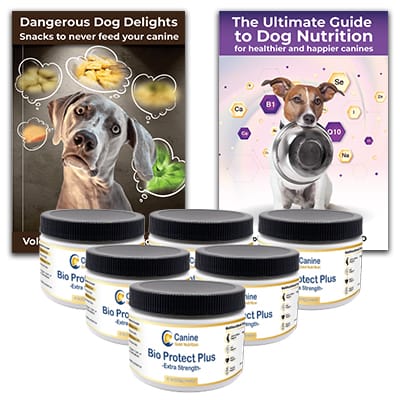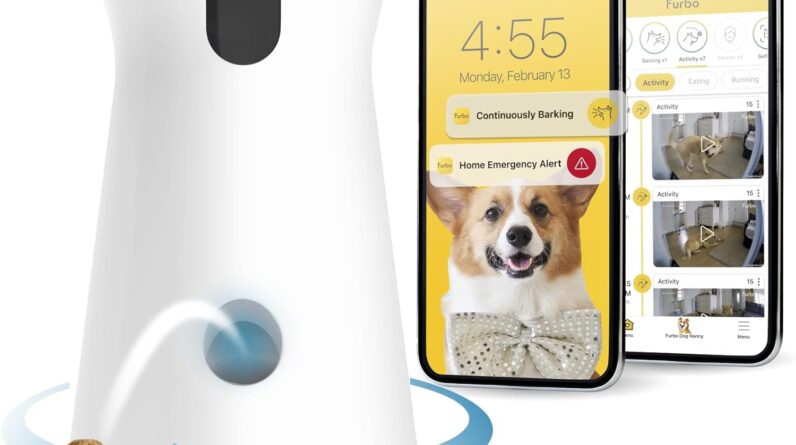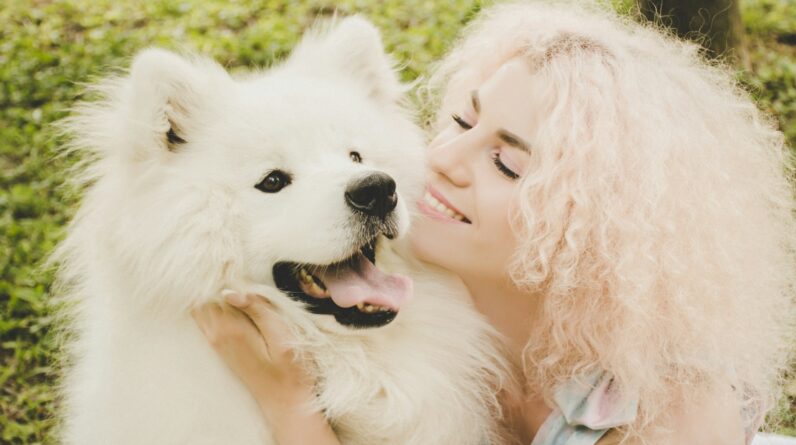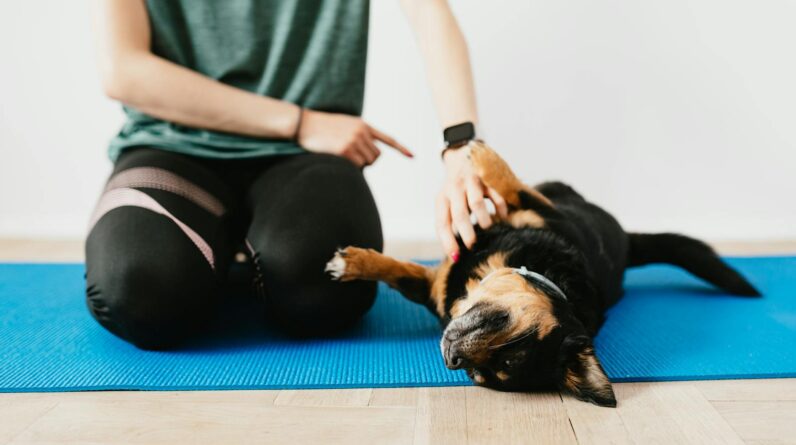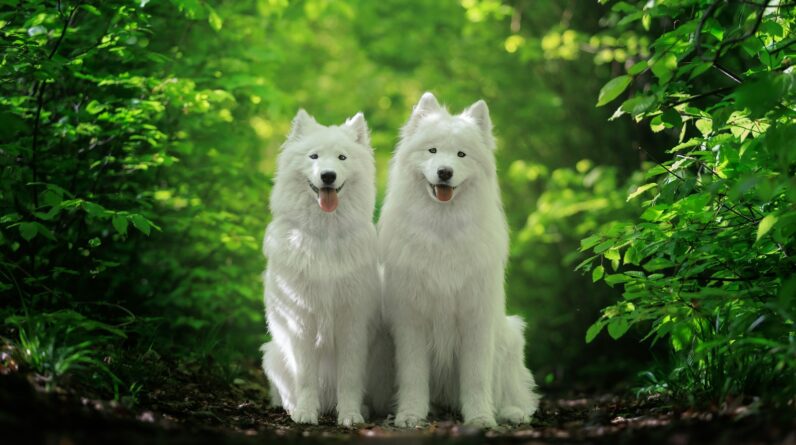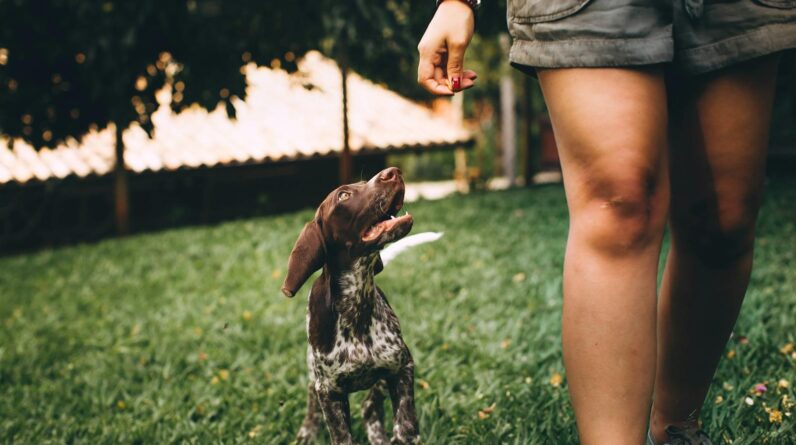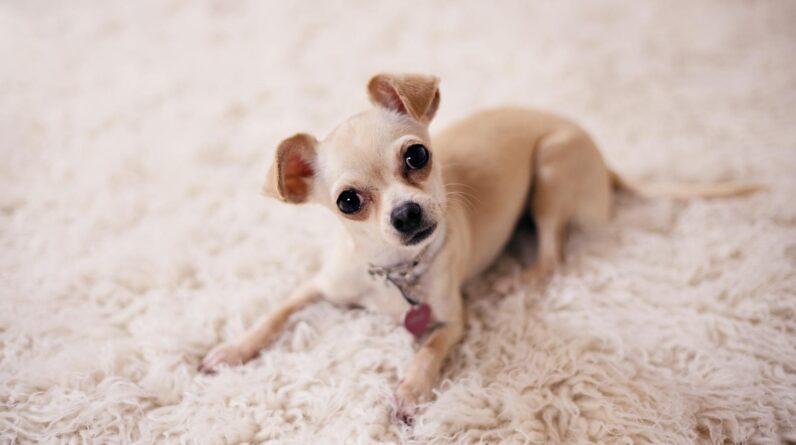
Start Early with a Routine
Talking about potty training for puppies? It’s like teaching little kids to use the bathroom. You gotta start early. If you bring a puppy home and think, “Ah, they’ll figure it out,” you’re in for a stinky surprise. So, get your puppy on a schedule. Take them outside first thing in the morning, after meals, after naps, and before bedtime. They will begin to get the hang of when it’s time to go.
Choose a Potty Spot
Pick a place outside where you want your puppy to always go to the bathroom. When you take your puppy to that spot, they’ll sniff around and start to think, “Ah, this is where I do my thing.” Be patient, though. Puppies can be distracted by a leaf, a bug, or literally any tiny thing. But, with time, they’ll understand that this spot is for bathroom breaks.
Use a Potty Word
Let’s make it fun and use a special word to tell our puppy it’s potty time. You can say “Go potty” or “Do your business.” Use this special word every time you’re at their potty spot. It’s like a secret code between you and your puppy. They’ll soon figure out that when you say it, it’s their cue to get going with their business.
Party Time After Potty Time
Who doesn’t love a good party? Well, puppies love them too! After your puppy goes potty outside like a good boy or girl, throw a mini-party. Give them a treat, some cuddles, or play for a bit. This lets your puppy know they did a great thing. Just remember, the party needs to happen right away, so they understand what the celebration is for.
Watch and Learn
You need to be like a detective, watching your puppy for signs they need to go. Sniffing around, circling, or just looking restless can mean “I need to potty.” Scoop up your puppy and head to their outdoor potty spot quickly. The more you catch these signs, the less likely you’ll have accidents in the house.
Clean Up Oopsies the Right Way
Let’s be real: accidents will happen. Puppies are still learning, just like kids. So, if you find a mess, don’t get mad. Use a cleaner that gets rid of the smell really well. If your puppy smells their oopsie spot, they might think it’s an okay place to go again. We don’t want that. Clean it up, and move on. No need for a huge deal.
Set Limits Inside
When you’re not outside, keep your puppy in a place where you can watch them. Some people use puppy gates or a small room. This makes it easier for you to see if they’re about to have an accident. Plus, it’s safer for your puppy too. They can’t chew on stuff that could hurt them while you’re not looking.
Patience is Key
Remember, potty training takes time and every puppy is different. Some will learn super fast, and others might take longer. It’s totally cool either way. Stay calm, be patient, and keep trying. Your puppy wants to make you happy, so show them how to do that, step by step.
Don’t Forget Nighttime
Last thing, puppies can’t hold it all night like older dogs can. So, you might need to get up in the middle of the night to take them out. Yes, it’s tough, but think of it like helping a little brother or sister who can’t do it on their own yet. Before you know it, they’ll be sleeping through the night with no problems.
Stick With It
Some days, you might feel like potty training will never end. But stick with it. Every puppy has those lightbulb moments where everything clicks. Your patience and hard work will pay off. There’s no big wrap-up here, just the fact that one day you’ll realize there are no more messes, and your puppy is all grown up and potty trained!
How often should I take my puppy outside for potty breaks?
Taking your puppy out frequently is key for successful potty training. Aim for every two hours when they’re awake and immediately after meals, playtime, and naps. Puppies have small bladders, so consistent breaks help prevent accidents and establish a routine.
At night, they might manage longer stretches without a break, but be ready for some midnight outings. As they grow older and gain more control, you’ll notice longer intervals between needed bathroom breaks. Patience is crucial during these early stages!
Where is the best spot for my puppy to go potty?
Choose a specific spot outside where you’d like your puppy to do their business. This spot should be easily accessible and a place where you’re comfortable taking them regularly. Consistent use of the same spot helps your pup learn that’s their bathroom area.
Whenever you take your puppy to their potty spot, use a consistent command like “Go potty!” This will help them associate the command with the action. Reward them with praise and treats immediately after they finish to reinforce the behavior.
What should I do if my puppy has an accident indoors?
Accidents are a normal part of potty training. If you catch your puppy in the act, calmly interrupt them with an “Oops!” and quickly take them outside to their potty spot to finish. It’s important not to scold them harshly, as this can create fear and confusion.
After the accident, clean the area well with an enzyme cleaner to remove the scent and prevent them from being attracted to the same spot again. Remember, consistency and positive reinforcement are your best tools for teaching your puppy potty habits.
How can I help my puppy hold it until the next potty break?
Helping a puppy learn to hold it involves establishing a reliable routine. Feeding, playing, and potty breaks at regular times each day help set their internal clock. As they mature, their bladder control will improve.
Encouraging calm activity or crate training can also assist in extending the time between potty breaks. Make sure the crate is comfortable and not used as a punishment, so your pup sees it as a safe space. Slowly increase the time between outings as they get the hang of things.
What rewards work best when potty training a puppy?
Positive reinforcement is the key to effective potty training. Treats work great as an instant reward for a job well done. Just be sure to give them right after they finish going potty, so they make the connection between the action and the reward.
Along with treats, shower your puppy with praise and affection after they go in the right spot. Turning potty success into a happy, rewarding experience will encourage your pup to repeat the behavior. The goal is to make them feel like they’ve just done the best thing ever!
Key Takeaways
- Establish a regular feeding schedule to make your puppy’s potty times predictable. No free-feeding!
- Take your pup outside first thing in the morning, after meals, naps, and playtimes, and right before bedtime.
- Choose a specific potty spot outdoors and stick to it. Consistency is key—your pup will start to associate this spot with bathroom breaks.
- Use a cue word every time your puppy goes to the bathroom. Something like “potty” or “do your business” works great.
- Reward your puppy immediately after they finish their business outside with treats or praise – make it a party!
- Supervise your puppy closely indoors. Look for signs they need to go, like sniffing or circling, and whisk them outside pronto.
- If an accident happens indoors, clean it up thoroughly. No harsh scolding! Instead, interrupt gently and then quickly take them outside.
- Consider crate training. It taps into a pup’s natural instinct to keep their sleeping area clean, helping with potty habits.
- Set a potty break schedule for the night too. Young puppies can’t hold their bladders for long, so they may need a midnight bathroom trip.
- Be patient and stay positive. Potty training is a process, and every puppy learns at their own pace. Reward the good behavior, and keep at it!
Final Thoughts
Potty training your pup is all about patience and consistency. Stick to a regular schedule and take your furry friend out often, especially after meals and naps. Don’t forget to pick a potty spot and make a big fuss with praise when they get it right. Accidents? They’re part of the journey. Clean them up without drama and keep moving forward.
Remember the power of treats. They’re like little gold stars for your puppy’s good behavior. Treats, coupled with uplifting words, help your doggo connect the dots between going potty outside and getting a reward. If you’re getting all tied up in knots, chill. Puppies can sense stress. Keep it cool, keep it fun, and you both will learn along the way.
Lastly, don’t lose heart. Some days will be messier than others, but stay the course. With love, time, and a dash of strategy, your pup will be potty-trained. Trust the process, and enjoy your bonding time. It’s not just about potty training; it’s about building a friendship.

